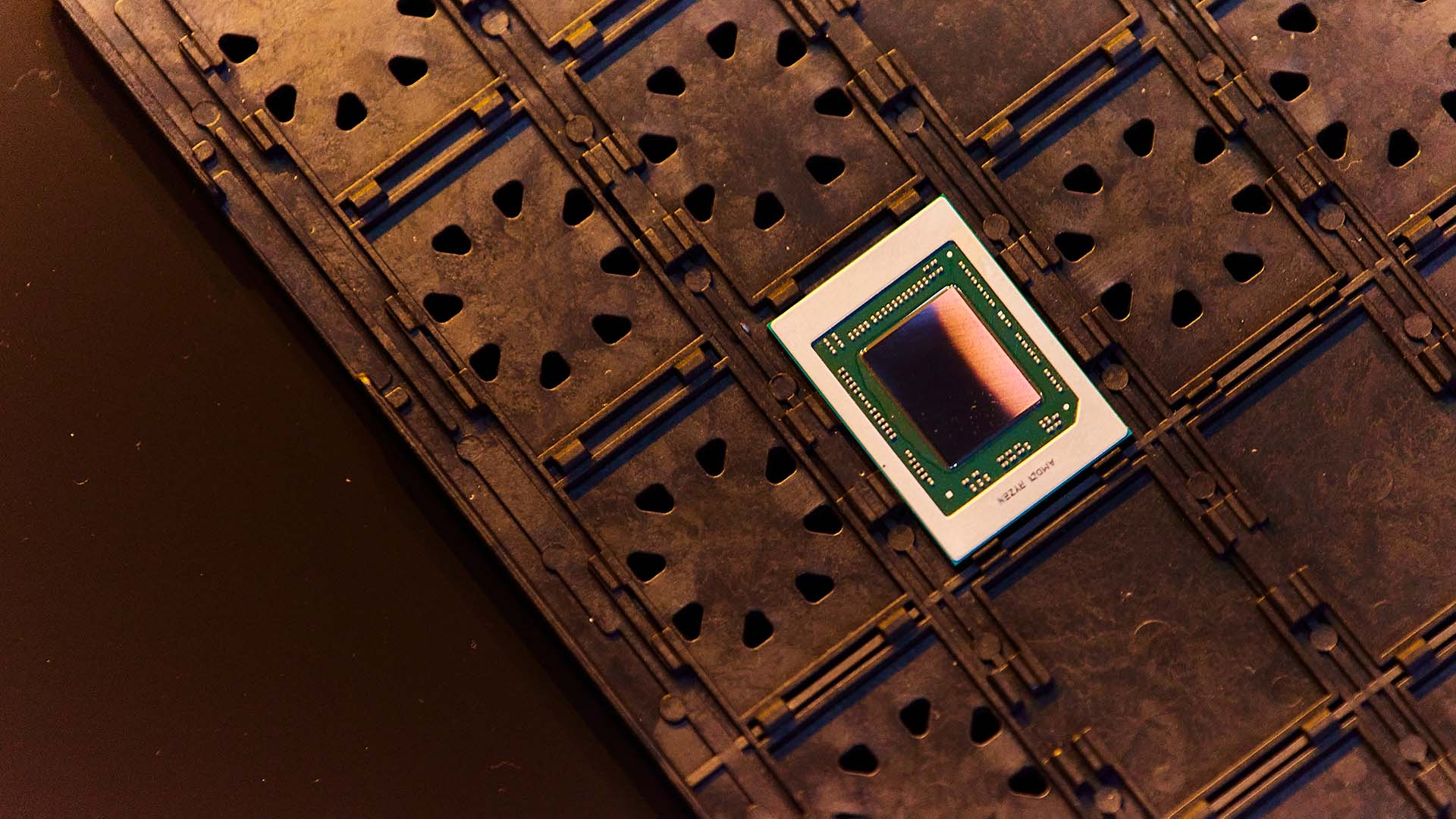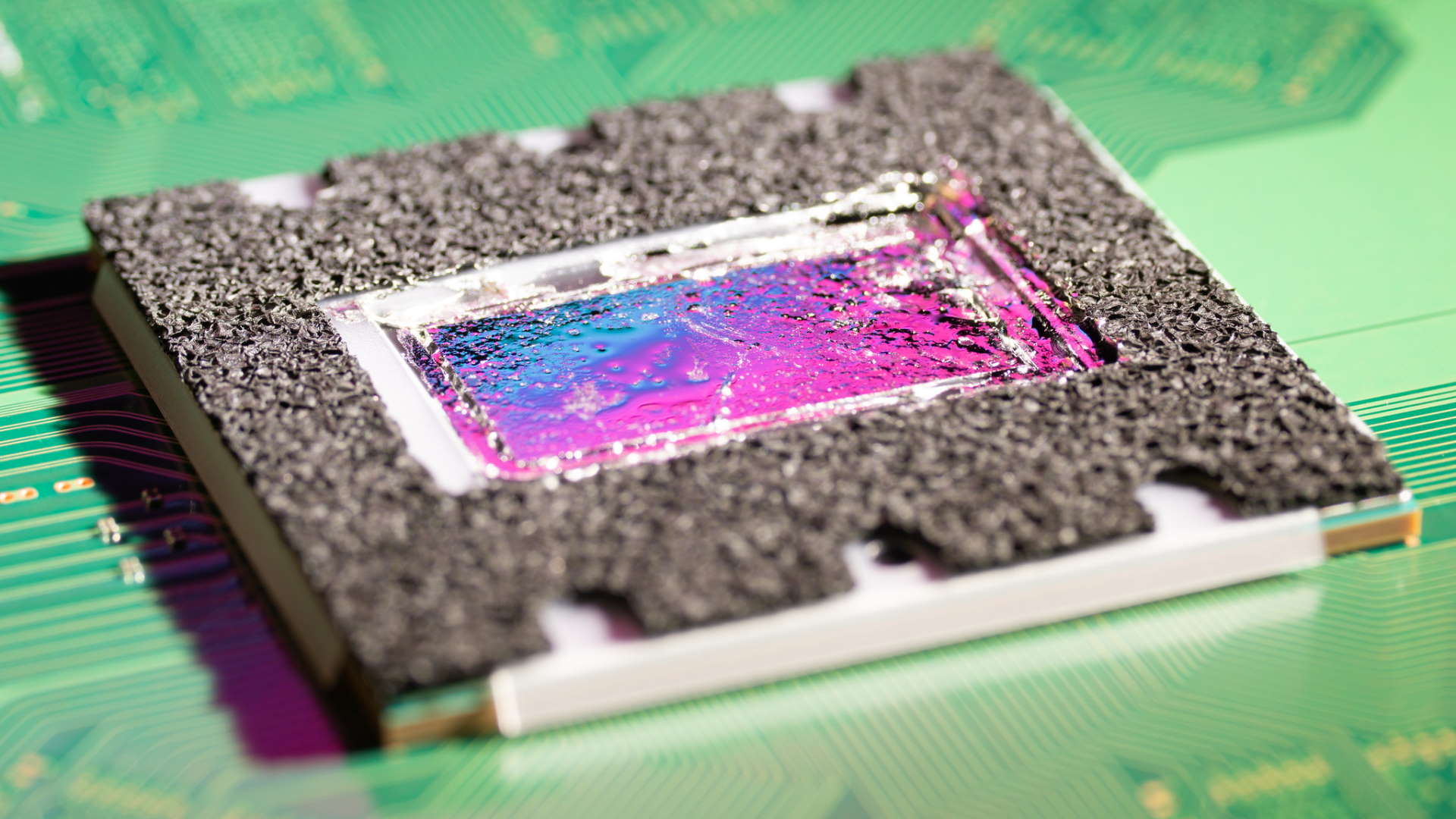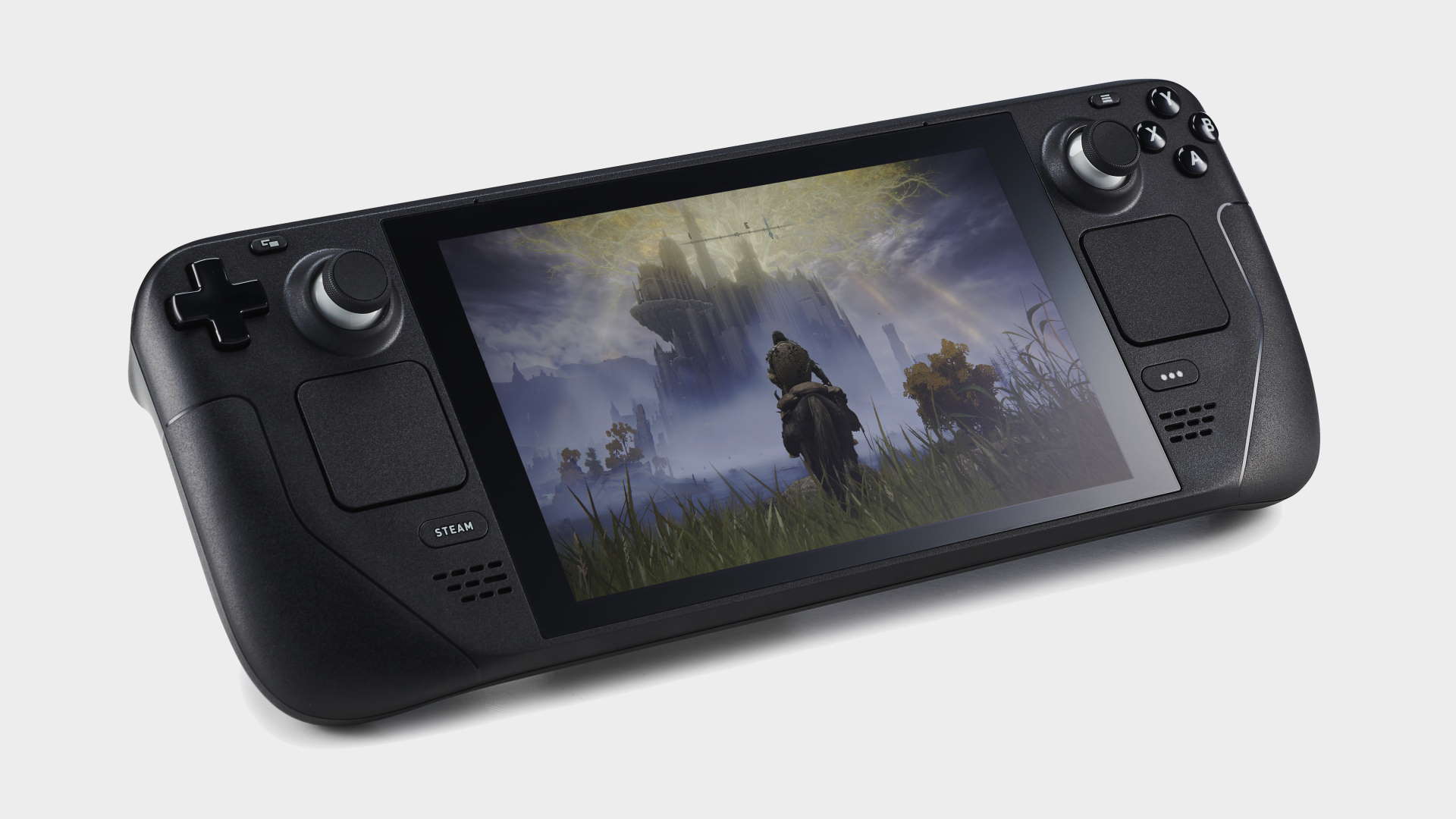If AMD's next APUs are faster than some of its discrete GPUs I'm going to be a very happy PC gamer
RX 6500 XT or Xbox Series S equivalent GPU and a Zen 4 CPU in a single processor? Please let it be true, AMD.

A PC processor with integrated graphics capable of matching a console or discrete graphics card in performance? It's certainly already a possibility, but so far we've not seen such a chip materialise. The one company with the know-how to make it work is AMD, and it makes similar chips for the latest consoles from Sony and Microsoft. There have been some offcuts from the factory floor that sort-of fit the bill, yet such a graphically charged chip has never made its way into a gaming laptop or compact PC in earnest.
But damn, does it sound sweet. A portable device with a graphics component matching, or close to matching, the Xbox Series S would easily chomp through games at 1080p and deliver high frame rates. Music to a PC gamer's ears. Paired with a decent CPU component, perhaps a six-core or better, and a process node that can make this part sing with high efficiency, this could be the budget gaming chip that actually brings budget PC gaming into a new era.
It's an exciting proposition, no doubt about that. But how likely is it to happen? AMD has been reticent to build such a chip for the PC market, but there is now a rumour that the company's future 'Phoenix' APUs—AMD's name for its processors that combine both CPU and GPU under one roof—could be something akin to our dream processor.
Regular AMD leaker RedGamingTech (via WCCFTech) suggests that these new Phoenix APUs could come with anywhere from 16-24 RDNA Compute Units (CUs)—a CU being the powerhouse of the GPU architecture. That would put these rumoured next-gen processors closely above or below the Xbox Series S with its 20 RDNA 2 CUs. The exact architecture of these CUs is yet to be determined—even the chip itself isn't completely confirmed—but it could be RDNA 2, to match today's discrete RX 6000-series GPUs and current generation consoles, or the upcoming RDNA 3 architecture, which is set to launch later this year.
The CPU is said to be built using AMD's Zen 4 architecture, which is also arriving later this year. And the entire system on chip will be built using TSMC's 5nm process node. So far, so very tantalising.
You'll only find up to 12 RDNA 2 CUs in today's Ryzen 6000-series mobile processors. Though if you consider Valve's Steam Deck, which comes with only a diminutive eight CU and four-core CPU combo, that's actually plenty to run the latest games fairly well at 720p/800p. We're not talking high frame rates, but manageable 30-60fps in a good many. And maybe a touch of 1080p gaming in less demanding games.
With these Phoenix rumours, you'd be looking at potentially double the performance of both AMD's Ryzen 6000 processors and the Steam Deck. In fact, even if the low-end was the only spec to materialise, the 16 CU unit, it would still be a match for the RX 6500 XT on the RDNA 2 architecture, and presumably a little better off if it were to arrive on RDNA 3. Though it is AMD's MO to keep its APUs lagging a little behind the bleeding edge of graphics architectures.
The biggest gaming news, reviews and hardware deals
Keep up to date with the most important stories and the best deals, as picked by the PC Gamer team.

That's what makes such a chip exciting for budget gamers. With the GPU shortage and subsequent lacklustre GPU launches at the entry-level, it's not been a great time to be buying a PC on a budget. The RX 6500 XT from AMD makes barely a leap from the company's own Polaris generation GPUs from half a decade ago, and while we were a little more impressed with Nvidia's GeForce RTX 3050, it's hardly a steal at $249.
One of the best way to offer budget gamers more for their money could be to incorporate the CPU, GPU, and more into a system on chip that cuts out some of the complexity and cost associated with many discrete parts.
We're going off the word of one leaker here, so we can't be certain that such a powerful APU is in the works at AMD, or that it might see the light of day outside its semi-custom division for PC laptops or DIY desktops. However, it is such an appealing concept: genuinely powerful graphics on a system on chip design could breathe life to so many exciting form factors, laptops, and more.
Though I must admit, despite my excitement, I am not totally oblivious to the difficulties in bringing such a chip to a compact device. There will be power and thermal limitations, and a 24 CU SoC may require some pretty beefy cooling even with a more advanced process node. At least it would require only cooling of one major component, rather than the usual two.

Steam Deck review: Our verdict on Valve's handheld PC.
Steam Deck availability: How to get one.
Steam Deck battery life: What's the real battery life of the new device?
How loud is the Steam Deck? And will it pass the Significant Other test?
Steam Deck - The emulation dream machine: Using Valve's handheld hardware as the ultimate emulator.
Though there may be another barrier that AMD faces to making a powerful APU happen, and that's down to us PC gamers and what we look for in products.
We've heard on multiple occasions that AMD's partners—the companies which use its chips in their laptops and other devices—like to put discrete graphics into gaming laptops, whether or not there's a fairly capable iGPU in the device already. Ultimately, it's a question of marketing and sales, and there's clearly some data to back up the idea that customers want to see discrete graphics in their laptops—we've all come too accustomed to integrated GPUs being a load of tripe for gaming.
But the best way to change hearts and minds is no doubt to prove your plucky system on chip actually does have what it takes to deliver an impressive gaming experience. While we're far from confirmation that AMD's Phoenix chip could be said chip, it's at the very least a very exciting possibility.

Jacob earned his first byline writing for his own tech blog. From there, he graduated to professionally breaking things as hardware writer at PCGamesN, and would go on to run the team as hardware editor. He joined PC Gamer's top staff as senior hardware editor before becoming managing editor of the hardware team, and you'll now find him reporting on the latest developments in the technology and gaming industries and testing the newest PC components.

